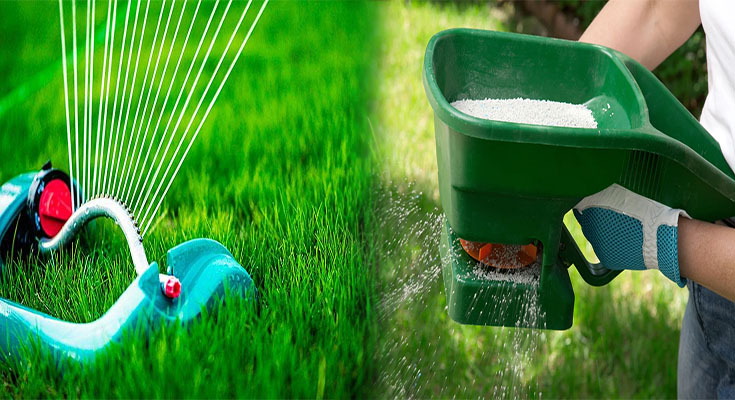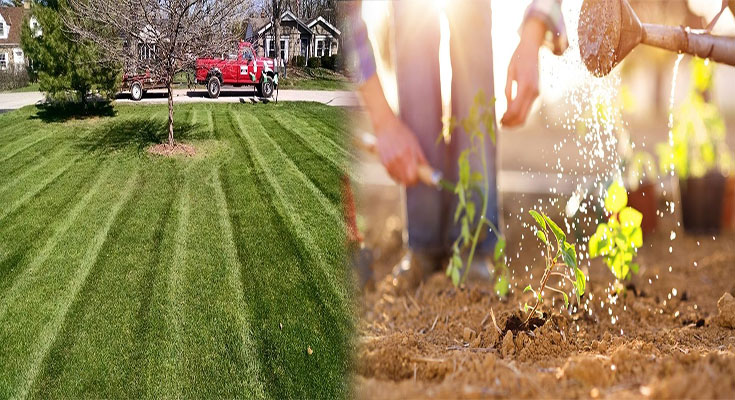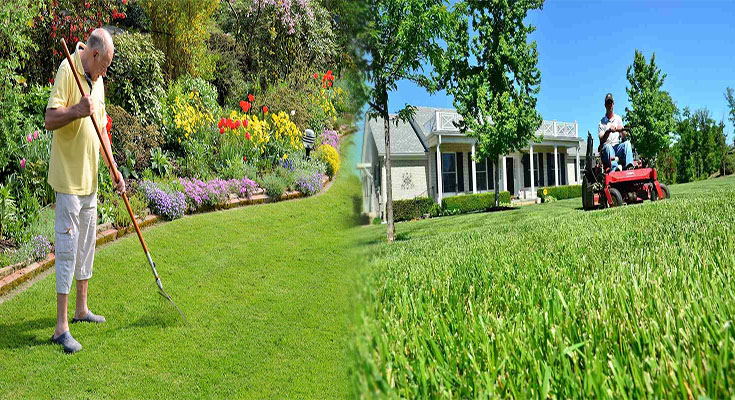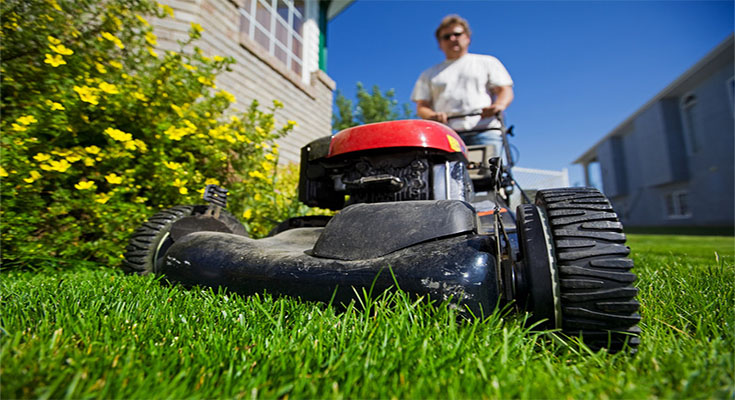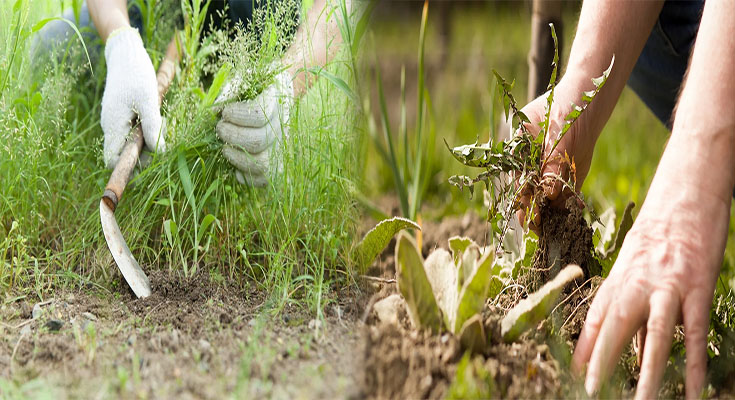
Proven Methods for Weed Control in Your Lawn
Having a lush, green lawn is a source of pride for many homeowners. However, an unsightly weed invasion can quickly diminish the beauty and curb appeal of your property. Weeds can be difficult to control and eradicate, especially if they have already established deep roots into your lawn. Thankfully, there are several proven methods that can help you take control of your lawn and prevent weeds from dominating.
Why Control Weeds?
Aesthetic Reasons
Weeds can ruin the appearance of your lawn, detracting from its beauty and reducing your curb appeal. They can quickly spread and take over, making your lawn look ragged and neglected. Regular maintenance and weed control can help keep your lawn looking healthy and beautiful.
Health Reasons
Weeds can be harmful to your lawn’s health, competing with grass for nutrients, water, and sunlight. This can weaken the grass and make it more susceptible to disease and pests, …
Proven Methods for Weed Control in Your Lawn Read More

